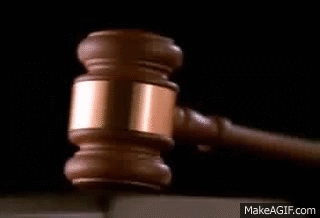THE QUESTION:
Where do major U.S. religious groups stand on the contentious abortion issue?
THE RELIGION GUY’S ANSWER:
If the U.S. Supreme Court enacts that draft decision leaked to Politico, within weeks abortion policies will be returned to the 50 states for decision, adding to contention. Religious groups often consider the claims of the two lives, mother and unborn fetus, rather than this as simply a woman’s “decisions about her own body” per Vice President Kamala Harris’s formulation. Here are summaries of some major religious views.
It’s well-known that the Catholic Church, the largest religious body in the U.S. (and worldwide), profoundly abhors abortion, A 1965 decree from the world’s bishops at the Second Vatican Council declares that “from the moment of its conception, life must be guarded with the greatest care,” and calls abortion and infanticide “unspeakable crimes” against humanity. The church’s Catechism says the same and dates this belief back to Christianity’s first century (citing Didache 2:2 and Epistle of Barnabas 19:5).
These statements do not permit any exceptions. But a 1993 ruling from the Vatican office on doctrine, approved by Pope John Paul II, allowed removal of a woman’s uterus (hysterectomy) in “medically indicated” cases that “counter an immediate serious threat to the life or health of the mother” even though sterilization results. A 2019 follow-up defined other rare cases. Since abortion is only the directly intended killing of a fetus, some moral theologians would apply this principle when loss of a fetus is a “secondary effect” of necessary surgery.
America’s Eastern Orthodox hierarchy has joined with Catholic leaders to affirm “our common teaching that life begins at the earliest moments of conception” and is “sacred” through all stages of development. However, America’s 53-member Assembly of Canonical Orthodox Bishops acknowledges “rare but serious medical instances where mother and child may require extraordinary actions.”
At the opposite end of the spectrum, the Unitarian Universalist Association (UUA) advocated nationwide abortion on demand fully a decade before the Supreme Court’s Roe v. Wade liberalization, stating that limitations are “an affront to human life and dignity.” It specifically endorsed abortion rights in cases of “grave impairment” of the mother’s “physical or mental health,” a child’s “serious physical or mental defect,” rape or incest, or any “compelling reason — physical, psychological, mental, spiritual or economic.”










